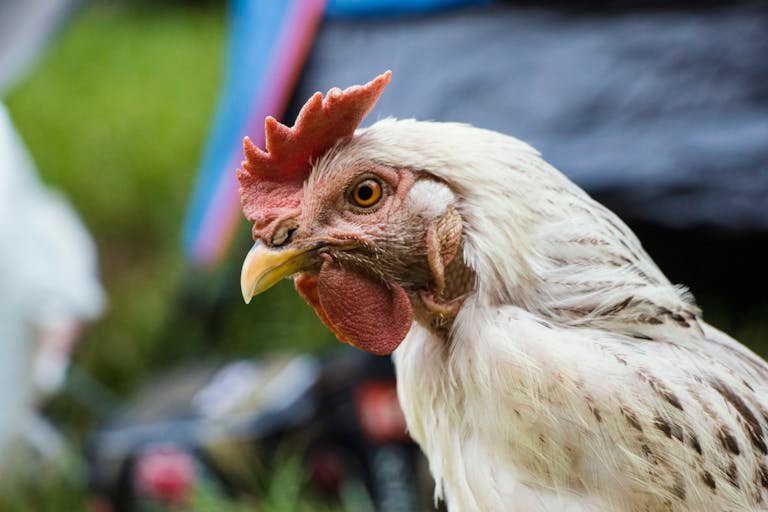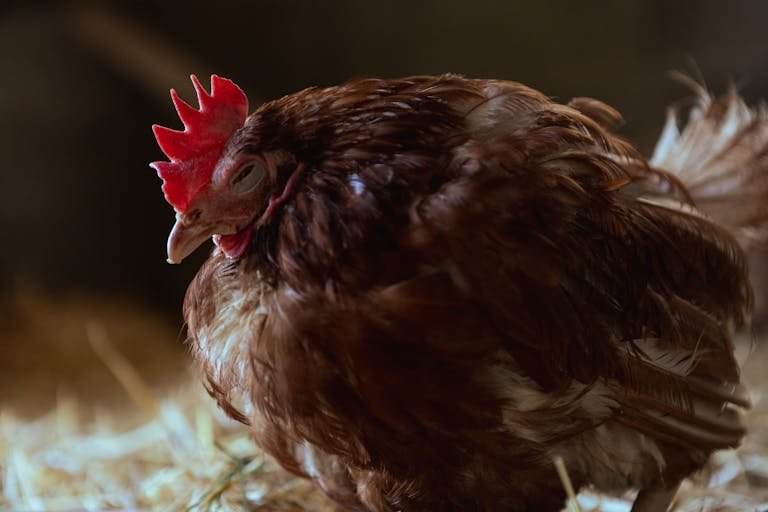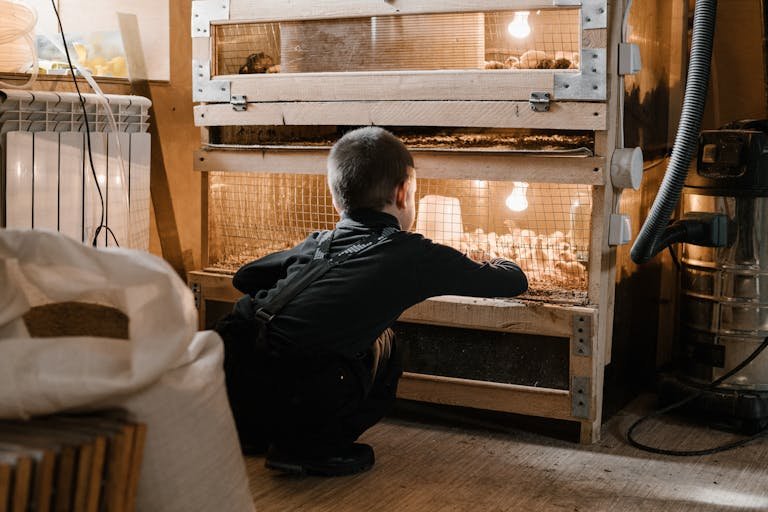Are Chickens Mammals? Discover the Truth About Birds!
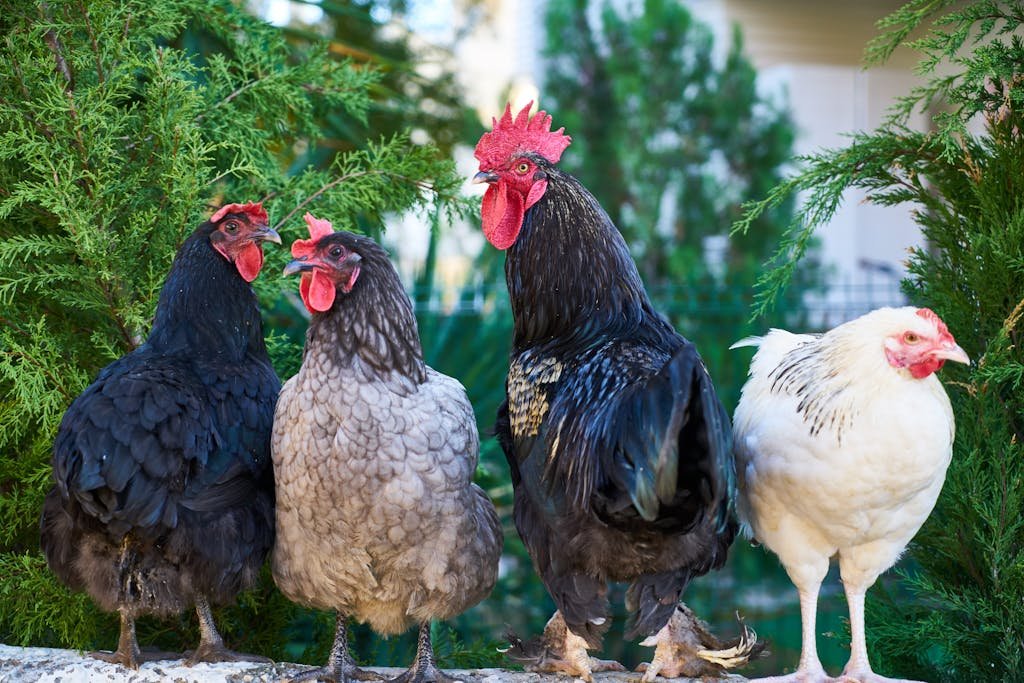
The natural world is filled with diverse creatures, each possessing unique characteristics that define their place in the animal kingdom. Among the most familiar categories are mammals and birds, two groups with distinctly different attributes. However, confusion often arises when it comes to categorizing specific species like chickens. In this article, I’ll answer the question: Are chickens considered mammals? Let’s dive into the details.
Are Chickens Mammals
No, chickens are not mammals. They belong to the class Aves, making them birds rather than mammals. Mammals are defined by specific features such as having fur or hair, giving live birth, and nursing their young with milk produced by mammary glands. Chickens, on the other hand, are feathered creatures that lay eggs, and their young are not fed with milk but hatch independently.
What Defines a Mammal?
Mammals are animals classified under the class Mammalia, distinguished by several unique characteristics:
Key Features of Mammals
- Mammary Glands
Mammals nurse their young with milk produced by mammary glands, providing essential nutrients for growth and development. - Live Birth
Most mammals give birth to live young (viviparous reproduction), with a few exceptions, such as monotremes like the platypus and echidna, which lay eggs. - Fur or Hair
All mammals have hair or fur at some stage of their life, which serves functions like insulation, camouflage, and sensory input. - Warm-Blooded
Mammals maintain a constant internal body temperature, allowing them to adapt to a wide range of environments. - Four-Chambered Heart
A complex circulatory system ensures efficient oxygenation and energy distribution. - Sweat Glands
Many mammals have sweat glands that help regulate body temperature, especially in hot climates or during physical exertion.
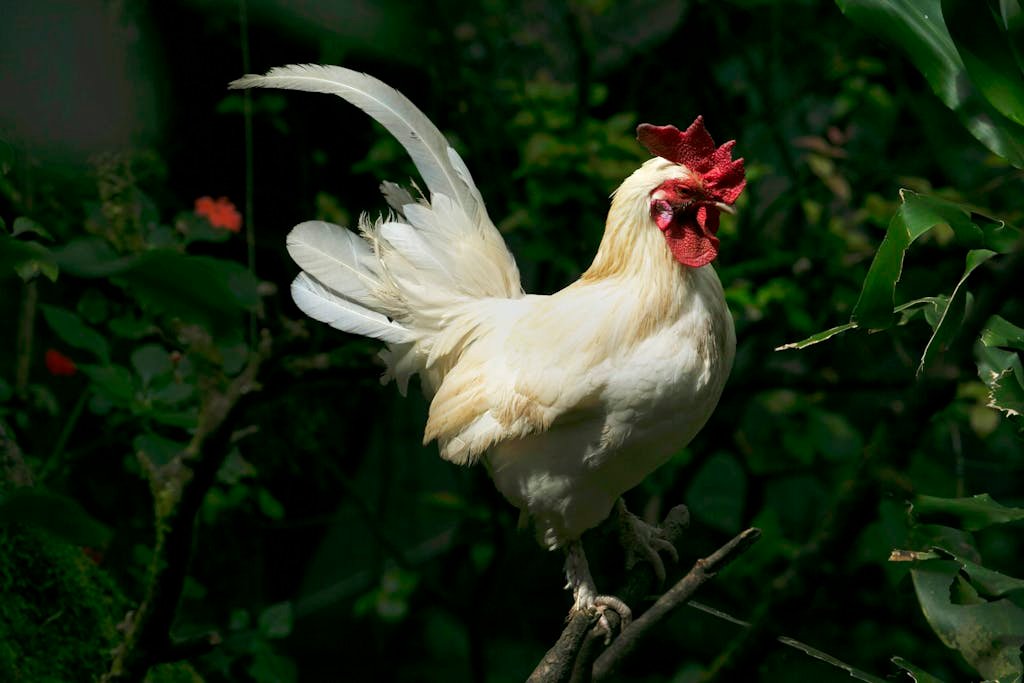
What Defines a Bird?
Birds, belonging to the class Aves, have their own set of defining features that set them apart from mammals.
Key Features of Birds
- Feathers
Birds are the only animals with feathers, which serve multiple purposes like flight, insulation, and species recognition. - Egg-Laying
Birds reproduce by laying eggs with hard shells. Embryos develop inside these eggs, which are incubated until they hatch. - Beaks Instead of Teeth
Birds have beaks adapted for various feeding strategies, ranging from cracking seeds to catching prey. - Hollow Bones
Birds have lightweight skeletons with hollow bones to facilitate flight. While chickens are not strong fliers, their bone structure reflects this adaptation. - Warm-Blooded
Like mammals, birds maintain a stable body temperature, a trait that aids in survival across diverse environments. - Exceptional Vision
Birds often have sharp vision and the ability to see a broad spectrum of colors, crucial for hunting, navigating, and mating displays.
Why Chickens Are Birds, Not Mammals
Understanding the fundamental traits of chickens makes it clear that they are birds, not mammals. Here are the main reasons:
- Reproductive Method
Chickens lay eggs, and their offspring hatch from these eggs. Mammals, in contrast, typically give birth to live young and nurse them with milk. - Feathered Bodies
Chickens are covered in feathers, a defining feature of birds. Feathers aid in insulation, display, and, in some species, flight. - Beaks and Feeding
Chickens lack teeth and use their beaks to peck at food. Mammals, on the other hand, have teeth for chewing. - Bone Structure
Chickens have lightweight bones adapted for flight, even though domesticated chickens rarely fly. - Lack of Mammary Glands
Unlike mammals, chickens do not produce milk to feed their young. Chicks fend for themselves after hatching.
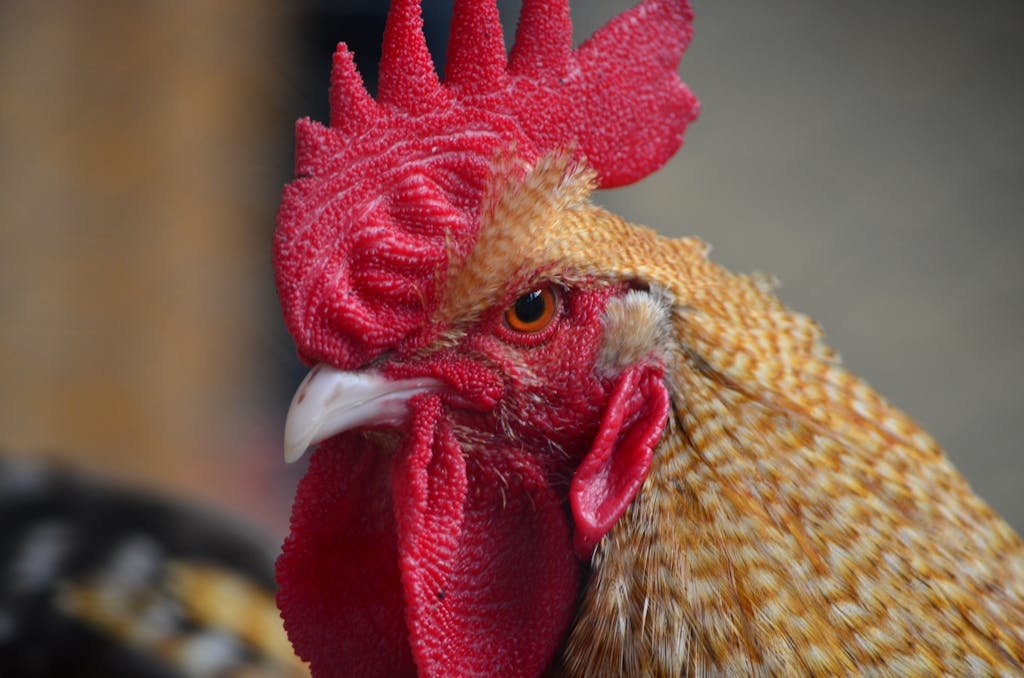
Key Differences Between Mammals and Birds
Here’s a side-by-side comparison to highlight the differences between mammals and birds:
| Feature | Mammals | Birds |
|---|---|---|
| Reproduction | Live birth (mostly) | Lay eggs |
| Body Covering | Fur or hair | Feathers |
| Feeding Offspring | Milk from mammary glands | No milk; chicks feed independently |
| Bone Structure | Dense bones | Lightweight, hollow bones |
| Teeth | Present for chewing | Beaks, no teeth |
| Temperature Control | Warm-blooded | Warm-blooded |
The Case for Chickens as Birds
Based on their characteristics, chickens align with the avian group rather than mammals. Let’s summarize:
- Feathers Over Fur
Chickens are feathered, unlike mammals, which have fur or hair. - Egg-Laying Behavior
Reproduction through eggs is a hallmark of birds, including chickens. - Beak Functionality
The absence of teeth and the presence of a functional beak underscore chickens’ avian identity. - Adapted Skeleton
While chickens are poor fliers, their hollow bones reflect their classification as birds.
Read Also: Can Chickens Eat Pineapple? Benefits, Risks & Feeding Tips
Final Thoughts
Chickens are undeniably birds, not mammals. While they share certain traits with mammals, such as being warm-blooded and vertebrates, their method of reproduction, feathered bodies, and lack of mammary glands firmly place them in the class Aves. By understanding these distinctions, you can appreciate the unique role chickens play in the animal kingdom.

